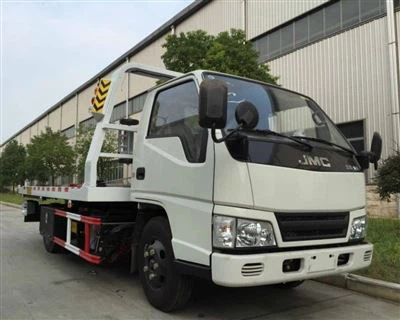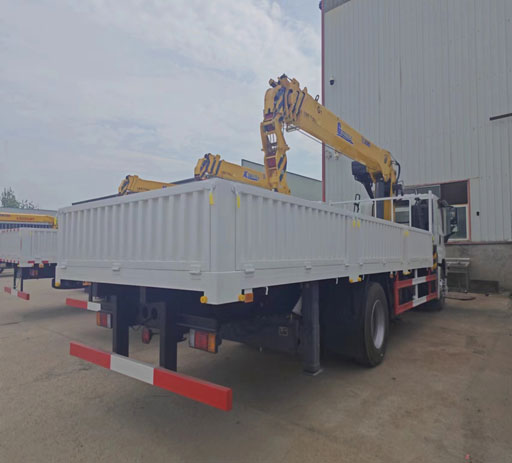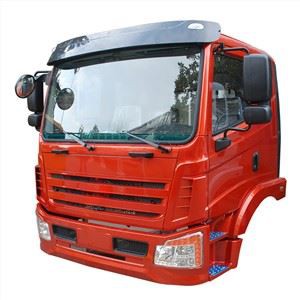Cobera Container: A Comprehensive Guide to Its Features, Uses, and Benefits

In the evolving world of logistics and shipping, the term “cobera container” is gaining traction. These specialized containers are designed to optimize storage and transport efficiency. In this article, we will delve deep into the functionality, advantages, and applications of cobera containers in various industries, offering practical tips and examples along the way.
What is a Cobera Container?
A cobera container is a type of intermodal container that’s particularly designed for modular storage and shipping. Unlike traditional containers, cobera containers can be customized for various purposes, such as transportation of goods, storage solutions, and even temporary housing.
Types of Cobera Containers
Cobera containers come in different variations, catering to a wide array of needs:
- Standard Cobera Containers: Used for general cargo transport.
- Refrigerated Cobera Containers: These are equipped with temperature control for perishable items.
- Open-top Cobera Containers: Ideal for over-height cargo or items that cannot be easily loaded from the sides.
- Flat Rack Cobera Containers: Perfect for heavy machinery and large construction materials.
The Advantages of Using Cobera Containers
Cobera containers offer several benefits that make them an attractive option for businesses involved in shipping and storage.

1. Flexibility and Versatility
One of the most significant advantages of cobera containers is their flexibility. They can be tailored to meet the specific requirements of different industries, from agriculture to construction.
2. Cost-Effective Shipping Solutions
By optimizing space usage, cobera containers reduce shipping costs, making them a favorite among logistics companies.

3. Enhanced Security
With their robust design, cobera containers provide excellent security for goods during transit, minimizing the risk of theft and damage.
4. Easy Loading and Unloading
Cobera containers are designed for efficient loading and unloading, often featuring multiple access points to streamline the process.
Applications of Cobera Containers
The versatility of cobera containers allows for their application across various sectors.
1. Retail Industry
Retailers use cobera containers for transporting merchandise from suppliers to stores. The ability to customize storage space means retailers can optimize their supply chains effectively.
2. Construction Sites

In construction, cobera containers serve as mobile storage units for tools and materials, keeping construction sites organized and secure.
3. Agriculture
Farmers utilize refrigerated cobera containers to preserve fresh produce, protecting crops from spoilage during transportation to markets.
4. Humanitarian Efforts
Cobera containers are increasingly used in humanitarian relief operations, offering temporary housing and storage for supplies in disaster-stricken areas.
Choosing the Right Cobera Container
Selecting the suitable cobera container for your needs can be crucial for operational success. Here are some considerations:
1. Determine Your Cargo Type
Evaluating the type of goods you plan to transport is essential. For perishables, a refrigerated cobera container is necessary, while construction materials may require an open-top or flat-rack design.
2. Space Requirements
Analyze the volume of goods that need transportation to choose a container that fits your cargo effectively.
3. Distance and Duration of Transport
The distance your cargo needs to travel may influence your choice of container, especially if temperature-controlled storage is necessary.
Table: Comparison of Cobera Container Types
| Type | Best For | Features |
|---|---|---|
| Standard Cobera | General Cargo | Robust design, secure locking |
| Refrigerated Cobera | Perishables | Temperature control, insulation |
| Open-top Cobera | Oversized Cargo | Easy loading from above, tarpaulin cover |
| Flat Rack Cobera | Heavy Equipment | Open sides for easy access, durable construction |
Tips for Maintaining Cobera Containers
To ensure the longevity and functionality of cobera containers, proper maintenance is key.
1. Regular Inspections
Conduct frequent inspections to identify any signs of wear and tear early, ensuring necessary repairs are made.
2. Cleanliness
Keeping the container clean from inside out helps prevent contamination of goods, especially in refrigerated containers.
3. Proper Loading Techniques
Follow best practices for loading containers to prevent damage during transit. Proper weight distribution is essential for maintaining container integrity.
FAQs about Cobera Containers
1. What are the dimensions of a standard cobera container?
Standard cobera containers typically come in dimensions of 20 feet and 40 feet in length, 8 feet in width, and 8.5 feet in height, but customized sizes are also available.
2. How does temperature regulation work in refrigerated cobera containers?
Refrigerated cobera containers use advanced cooling systems that maintain specific temperature settings to preserve the quality of perishable goods.
3. Can cobera containers be stacked?
Yes, cobera containers are designed to be stackable, maximizing space efficiency during storage and transportation.
4. Are cobera containers environmentally friendly?
Many cobera containers are made from recyclable materials, and their efficient use reduces carbon footprints associated with transportation.
5. How can I rent or buy a cobera container?
You can rent or purchase cobera containers through specialized companies that deal with shipping and logistics equipment.
6. What weight can a cobera container typically hold?
The weight capacity varies by type, but standard cobera containers can generally hold between 26,000 to 30,000 pounds, depending on the container specifications.
